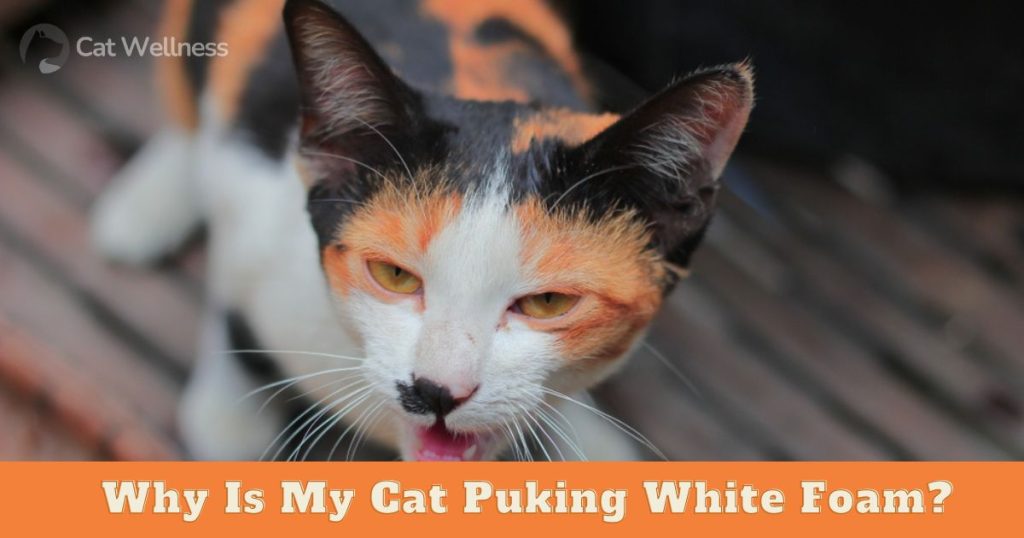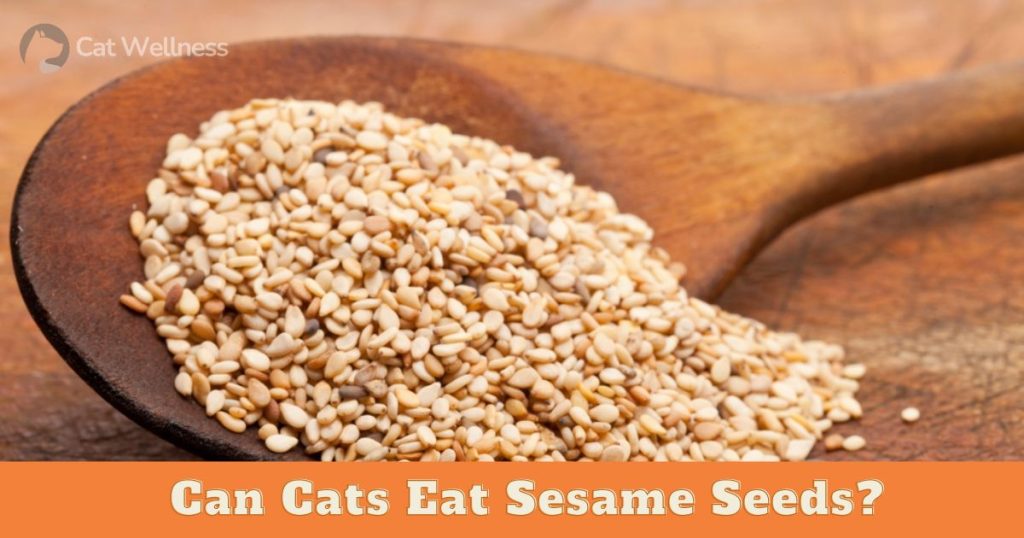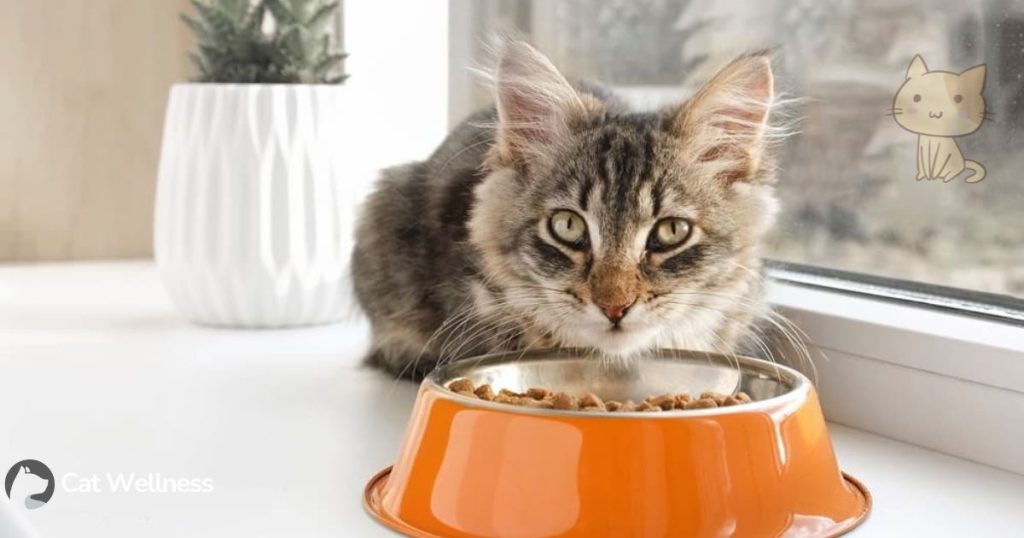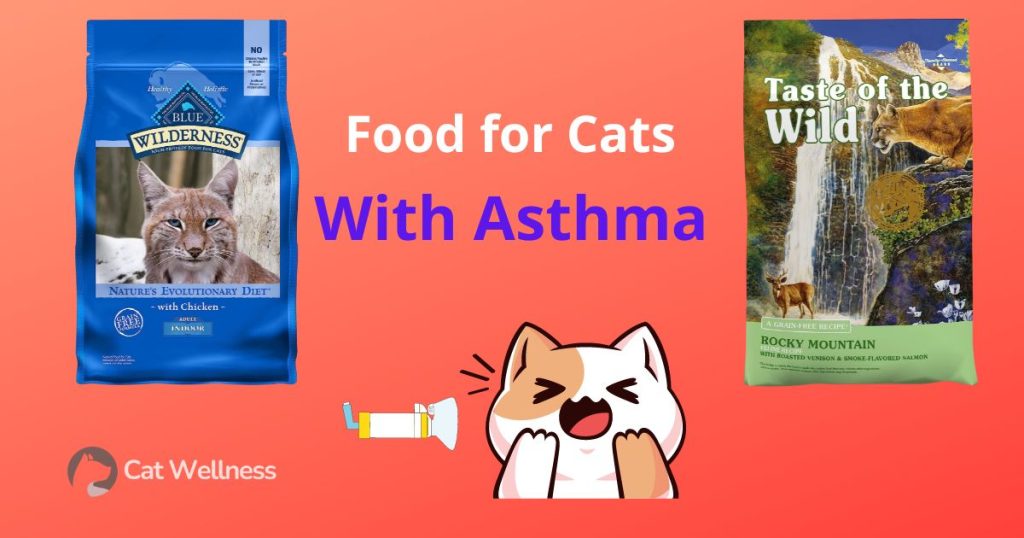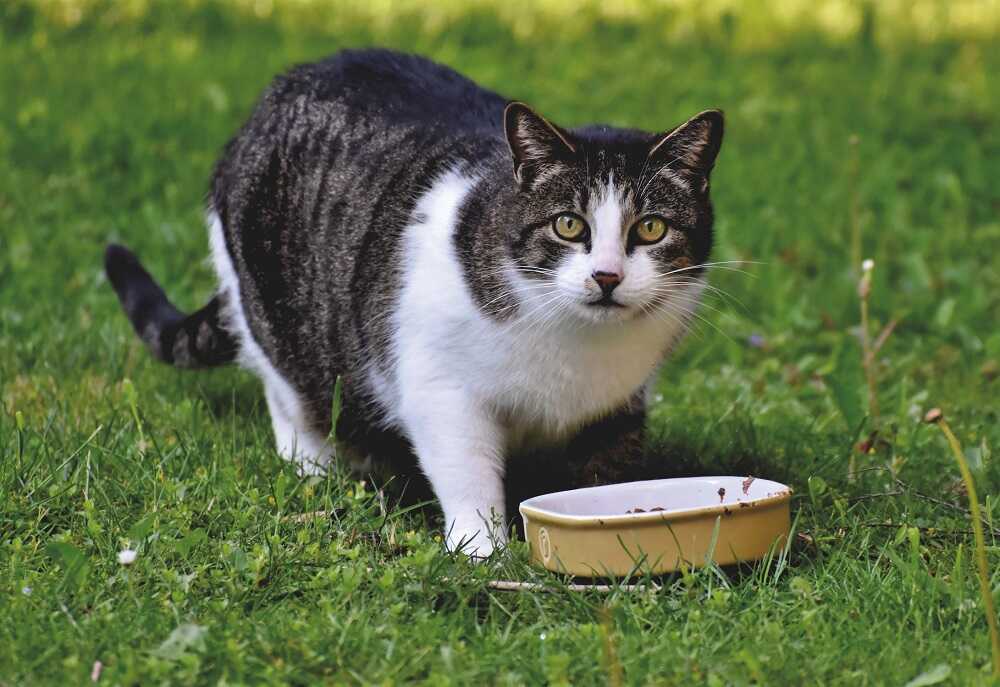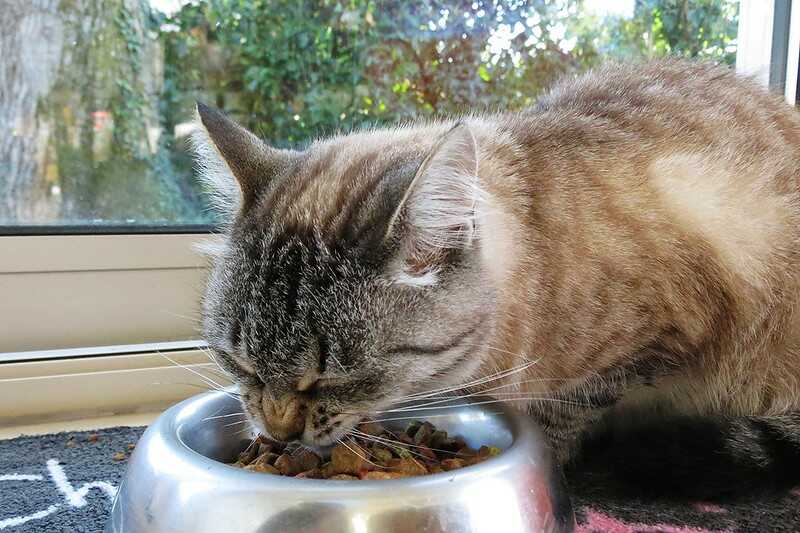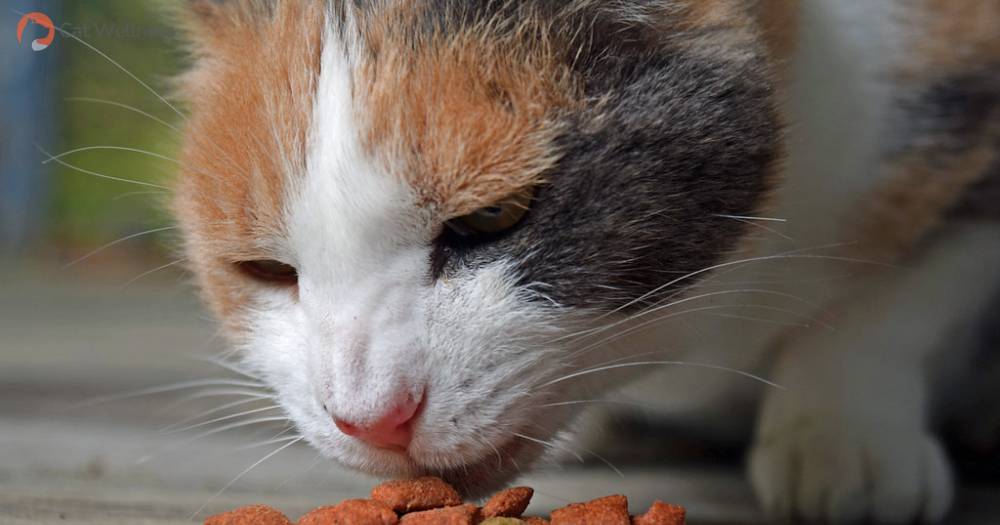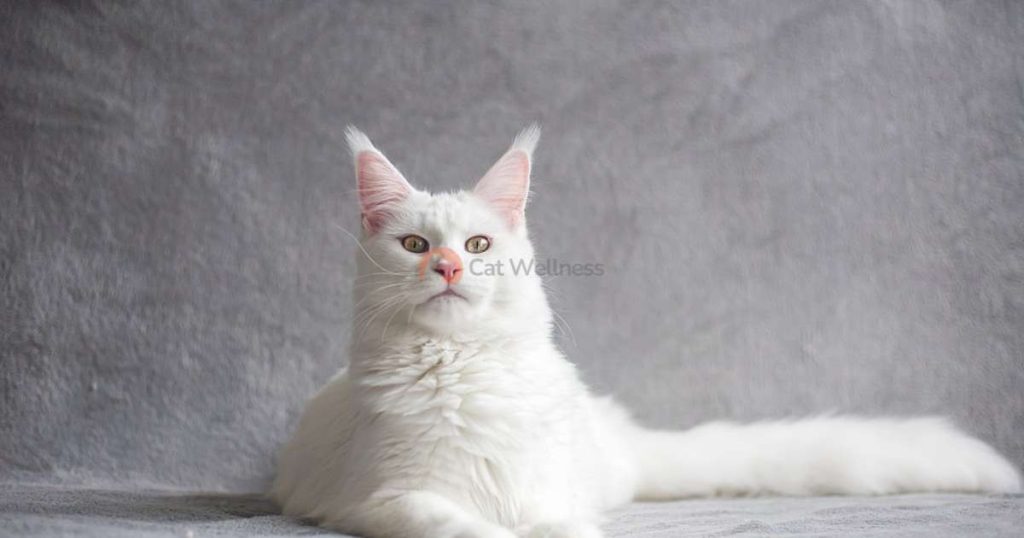Do you add water to freeze-dried cat food? Yes. It’s momentous. Do it concisely to get its highest nutritional value and best taste.
Yet, you may not grab the best way to this end. We’re here to help! Not just for proper technique, we also unveil the relevant concerns. Look no further, keep reading!
Do You Add Water To Freeze-Dried Cat Food?
Yes.
It is OK for felines to be fed dry, as-is, but rehydrating is preferred due to the moisture needed for optimal nutrient absorption. You may rehydrate your pet’s freeze-dried meals with lukewarm water or raw goat milk. Overall, it’s up to your pet and your wants.
Yes. As stated, it’s OK to feed as-is with no water.
Freeze-dried, with a few exceptions (such as raw-coated kibble), requires rehydration with water or a pet-safe broth. Still, some broths contain too much salt, so it’s pivotal to consult your vet before using one.
The manufacturers suggest raw goat or cow milk for rehydration. However, it’s not good as dairy can cause severe gastrointestinal distress in pets. Not to mention, raw milk has a high risk of pathogen contamination.
How Much Water Do You Put In Freeze-Dried Cat Food?
Just rehydrate your freeze-dried foods using warm water in a ratio of 1 to 1 (1 cup of food equals 1 cup of water). Of note, it’s best to check the manufacturer’s direction for the proper ratio.
The warm water applied to the back of the hand is a good indicator of food comfort level.
Still, provide him with fresh water daily to keep the pet healthy by learning what a cat can drink. As food rehydration is not that enough for his basic demands.
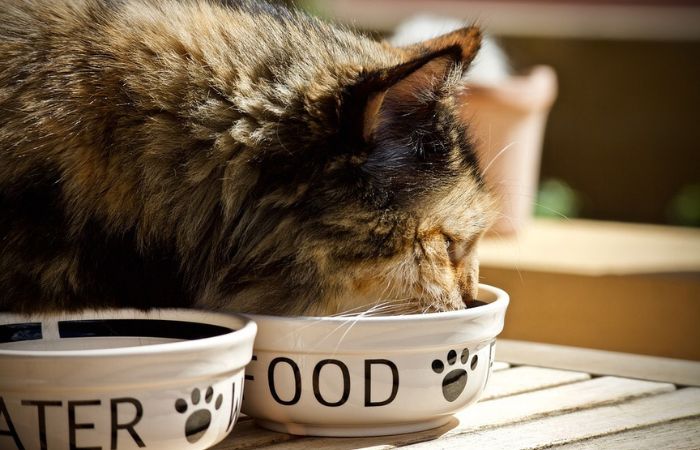
Related Post: Can You Microwave Cat Food? Things to Take Note
How To Properly Feed Your Pets Freeze-Dried Pet Food?
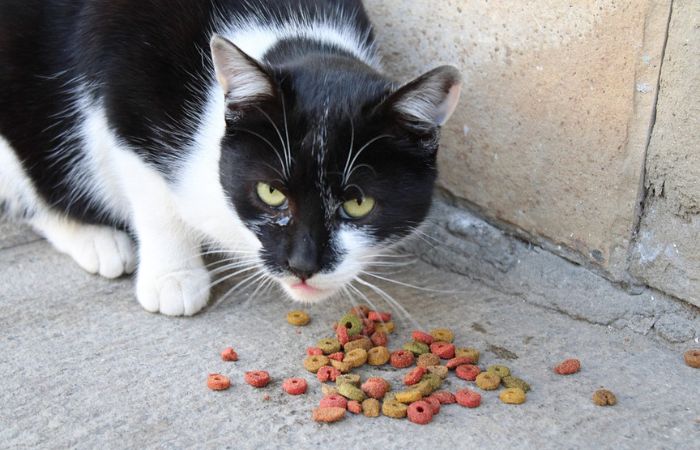
#1 Feeding Dry
Feeding your pet is as easy as putting the freeze-dried pellets in their bowl. Dry food is the most practical and helps maintain good teeth hygiene.
Freeze-dried raw meat has a longer shelf life in addition to its convenience, top-notch nutritional value, and easy-to-feed style. It tastes good and stays well at room temperature. Providing proper nourishment for your pet has never been easier.
#2 Soaking
Rehydration takes roughly 3-5 minutes in water to restore the meat’s tender texture. Also, soaking or adding water to the pet’s food offers a hydration boost and avoids potential health concerns like bladder stones.
Since pet food tends to get trapped in crevices and accumulate plaque, daily tooth brushing is strongly advised.
#3 Mix With Kibbles
Regardless of feeding patterns, your fur babies can go nuts over it! The advantages of each type of feeding system vary.
For further textural variation, try mixing dry and moist feedings. Pinpoint what your pet adores most by trying various flavors and feeding fashions.
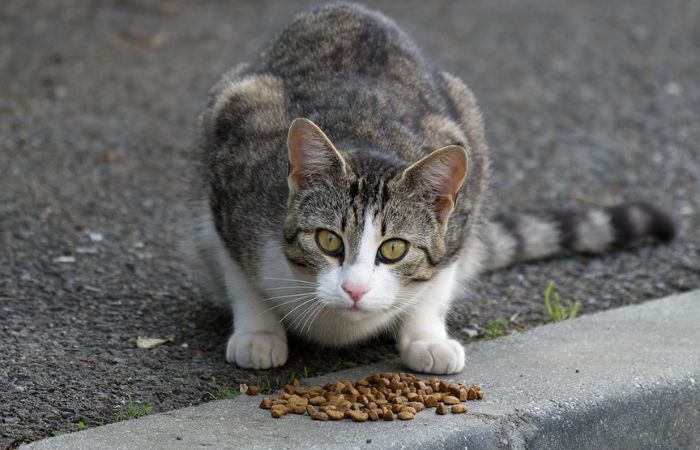
FAQs
Does Freeze-Dried Food Need To Be Refrigerated?
No.
Freeze-dried food doesn’t require refrigeration or chemical preservation; they may simply be reconstituted with water.
Meanwhile, conventional dry food has the drawback of causing chemical or physical changes.
What Are The Benefits of Freeze-Dried Cat Food?
It’s no secret that your pets benefit from moving to a freeze-dried diet from wet food or dried kibble.
Freeze-dried is packed with healthy vitamins, minerals, and enzymes, making it one of the best bets for your feline friend’s diet.
Plus, this meal is reasonably practical as it can be kept at room temperature for extended periods and is easy to deliver.
Is There Bacteria From Fresh Meat In Freeze-Dried Cat Food?
No. Using a freeze dryer, you may eradicate parasites or germs from your components before use.
Since germs can’t survive without water, freeze-dried foods don’t need added preservatives but have a long shelf life.
Freeze-Dried vs. Dehydrated Cat Food: What Is The Difference?
Because both freeze-dried and dehydrated pet chow eliminates water from its components, you can confuse the two. But they’re not identical at all.
The primary distinction is that dehydrated cat food often undergoes more intense processing at higher temperatures, being half-cooked or fully cooked. It loses about half its nutritional value this way.
On the other hand, boiling destroys many nutrients in raw food, but the freeze-drying technique used to create food keeps them intact.
Freeze-dried is highly digestible and has a soft, chewable texture. Meanwhile, a kitten or older pet with sensitive teeth may have trouble chewing on dried cat food’s hard, baked texture.
Does this cat food go bad while left outside for a long time? Lucky you, conventional cat food often ruins faster than freeze-dried.

Related Post: Can Mix Urinary Cat Food With Regular? Here Is The Answer
Final Words!
Do you add water to freeze-dried cat food? There you have it – the ultimate answer to this query.
Everything has its price. You may obtain healthy, natural raw food for your pet at a budget-friendly price.
And so? The far-out product can even please the pickiest pets and pet owners.
You can also use it as a treat or supplement to the diet they already provide your animal. For the sake of your pet’s health, yummy freeze-dried food is worth it!







